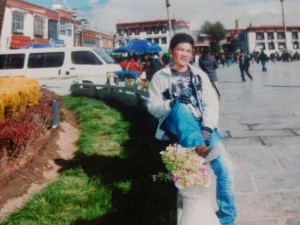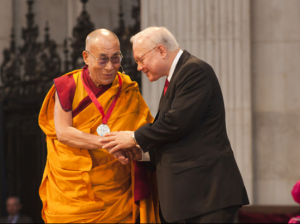Two men set themselves on fire in the center of Lhasa on 28 May, according to the Chinese state news agency Xinhua. One man, identified as Dargye, is in stable condition while the other, Dorjee Tseten, is reported to have died from his injuries. The self-immolations are the first to occur inside the tightly controlled Tibetan capital and are among the few to be officially acknowledged by the Chinese authorities.
A statement released by Tibet’s regional committee of the Communist Party of China (CPC) said that police put out the flames in a matter of minutes and quickly restored order outside Jokhang Temple, where the two men reportedly set themselves ablaze. The self-immolations occurred in the afternoon as Tibetans continued to celebrate the Saga Dawa, which marks the anniversary of Buddha’s birth, enlightenment and death. 36 similar cases have occurred since March 2011 in other Tibetan regions within China.
A senior official in Tibet condemned the self-immolations as acts “aimed at separating Tibet from China.” A spokeswoman for Free Tibet, Harriet Beaumont, said that security forces began detaining Tibetans in response to the incidents, mostly in the town of Ngaba, where the majority of self-immolations have been centered.
The Central Tibetan Administration expressed concern over the developments coming from Lhasa. Kalon Dicki Chhoyang from the Department of Information and International Relations said, “No matter how the Chinese government attempts to present the cycle of self-immolations to the international community, such explanation will be met with deep skepticism so long as access to Tibetan areas is denied to impartial observers such as members of the press, and representatives of international bodies such as the United Nations.”
Only a few days earlier, the U.S. Department of State released its annual report on human rights in China. The report concludes that Chinese policies are responsible for the recent wave of self-immolations, stating that “repressive measures such as forcing Tibetans to denounce the Dalai Lama through patriotic and legal education campaigns, occupation of monasteries by security forces, provoked acts of resistance among the Tibetan population…These acts of resistance, in turn, led to enhanced attempts by PRC authorities to maintain control, thus creating cycles of repression that resulted in increasingly desperate acts by Tibetans, such as a series of self-immolations by Tibetans.”





 Print
Print Email
Email